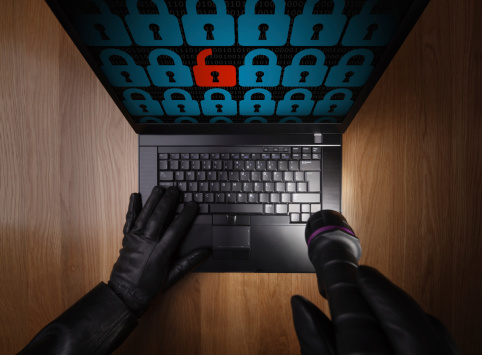Blog

2014: The Year of the Biggest Hacks, Data Breaches & Leaks We’ve Ever Seen!
Will History Repeat Itself or Will Obama’s 30 Day Breach Warning Lessen the Number of Disastrous Data Breaches?
In 2014, we saw a lot of advanced new threats coming out and targeting businesses of all types and sizes, such as spear-phishing, which made a multitude of headlines throughout the year. Did you come into 2015 with a nagging sense of worry and vulnerability about cyber security? If so, you’re not alone – understandably, most businesses did.
Think President Obama’s New Laws Will Be Enough to Protect YOUR Confidential Data? Think Again!
As we’ve seen far too many companies experience costly data breaches, the new laws shouldn’t come as a surprise. President Obama has plans for three new laws designed to better protect citizens’ data – but are they enough? The ‘Personal Data Notification & Protection Act’ proposal requires a 30-day notification upon the discovery of a breach.
While it’s a great start – and it’s definitely necessary for consumers to be notified so they can change their passwords and review their bank statements, it’s not going to do anything to prevent breaches. It’s also not making any requirements for companies and law enforcement to work together and determine who the hackers are.
Until we’ve found a way to lessen the amount of disastrous data breaches, it’s up to you to take the right precautions – security MUST be top priority, no matter what. It’s inevitable: eventually, an employee will, at some point, open a malicious attachment or click a dangerous link.
What can you do to make sure you’re prepared for that moment? Here’s a few tips to keep your business safe:
- Train employees on proper security best practices – and make sure they know how to identify a malicious link or website.
- Install anti-virus software and keep it up-to-date, then run the software on a regular basis to scan for viruses.
- Use a firewall that keeps dangerous unauthorized users outside of your network and away from your confidential data.
- Keep data backed up to ensure you’re able to access data, even if ransomware hits your computer and locks it down.

